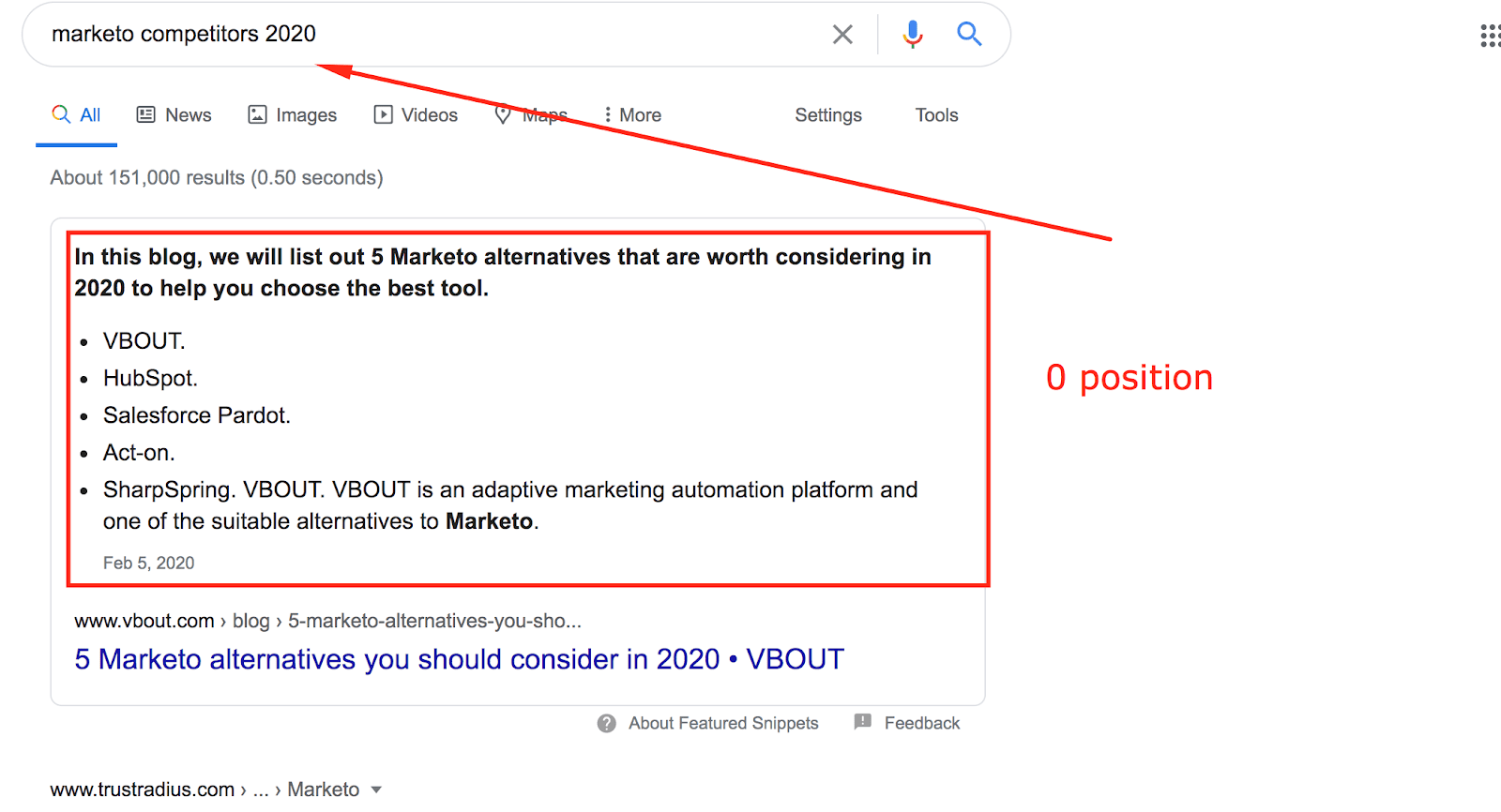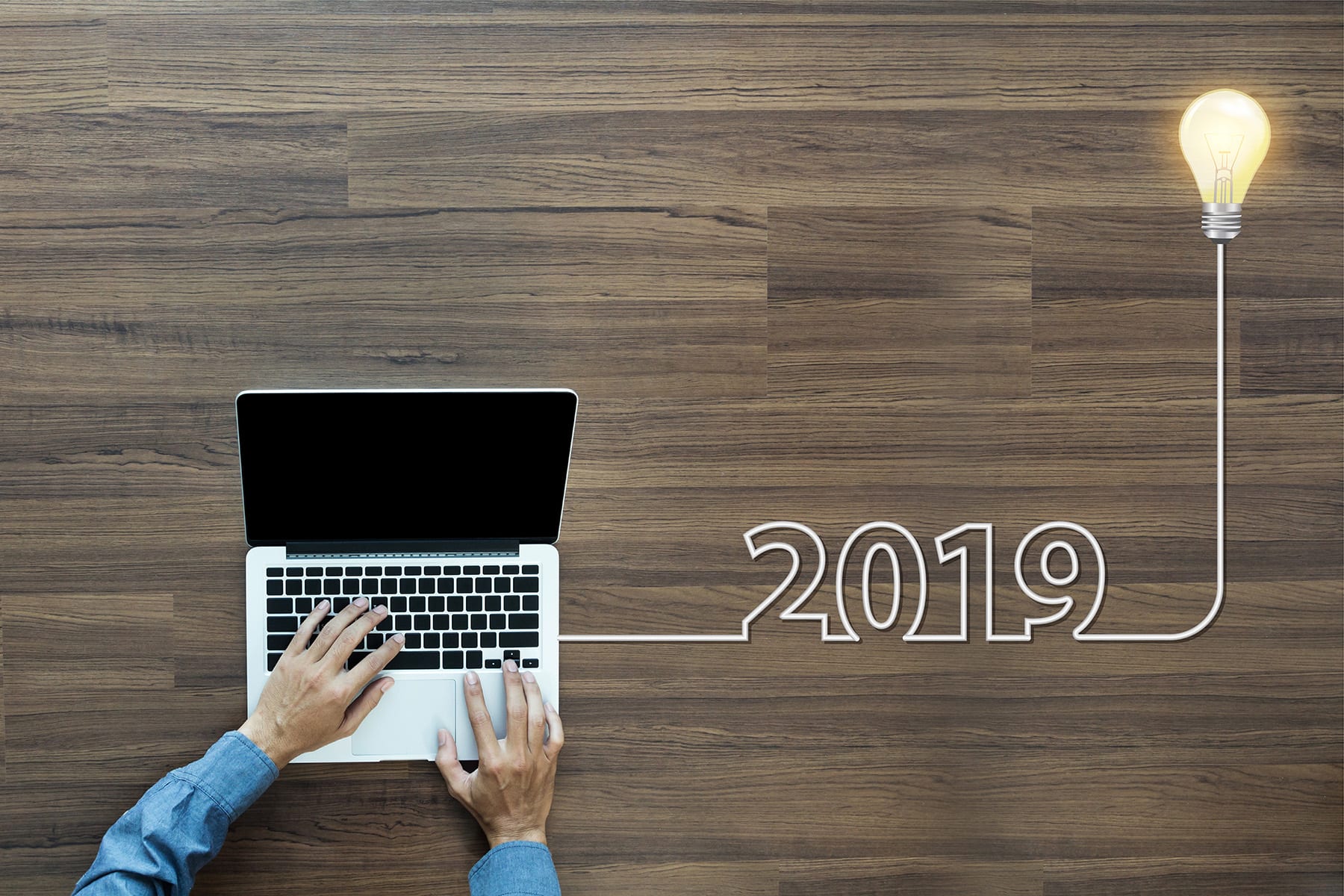2020 has been phenomenal. Due to the conditions that have occurred worldwide from COVID, businesses have changed the way they market themselves to engage with their customers and generate new leads online. Marketers may find it complicated to adapt to these shifts quickly and easily.
With the rapid emergence of new marketing trends over the last few months, it became ineffective for businesses to keep doing the same thing. (definition of insanity: is doing the same thing over and over again and expecting different results, Albert Einstein). What’s critical for them is to look for different ways to be relevant in the marketplace and stay ahead of the game.
To help you carefully prepare in advance for the upcoming year, we’ve put together the 7 top digital marketing trends for you to be aware of in 2021.
Top digital marketing trends for 2021
1. Enhanced ecommerce marketing
Shoppable posts on social media were one of the major 2020 digital marketing trends and will continue to gain more momentum in 2021. According to research, 59% of online shoppers are aware of social commerce, and 61% of these purchasers are willing to buy from social sites.
More and more brands will be taking their shops online to different social channels like creating live shopping videos on Facebook or building a shopping experience for their customers via Facebook shops, Instagram shops and more.
Social commerce has proven to optimize the shopping experience. With that value, a new breed of tools are making it easier for shops to take their catalogue online and sell on social media, in just a few hours.
2. More live events
In 2019, live streaming on Facebook, Instagram and YouTube were expected to be the fastest growing segment of internet video traffic. LinkedIn has recently jumped on the bandwagon too.
In 2020, the CoronaVirus pandemic has been a major stimulant for the increased usage of live videos across different channels, thus a variety of industries in the B2B or B2C space have started leveraging this feature.
From top brands like Samsung and the Rockettes, to moms-and-pops stores, businesses have learned to take their message online using live streaming on Facebook, YouTube, Instagram, TikTok and more.
![]()
Moreover, it is now easier than ever to mount the phone on a tripod, add some cool overlays and broadcast like a pro. There are also many video encoders that let you broadcast simultaneously to many channels from one place. Check out services like restream.io and OBS free open source project.
As social media users spend 3 times more watching live videos than typical or pre-recorded ones, conducting live events could be a great opportunity to grow your audience and build trust.
3. More user generated content (UGC)
UGC has been around for the past couple of years. Their usage has increased dramatically due to quarantine and social distancing that forced many brands across different industries to switch to the digital space.
User-generated content, which consists of videos, images or reviews created and shared by brands’ users or customers, is a powerful way for companies to increase their brand awareness and authenticity to help become relevant than brand-created content. When social media users promote their brands, this content receives 28% more engagement than standard company posts.
In addition, such content plays a pivotal role in influencing the buyer’s decision. According to TrustRadius, your audience relies on client testimonials and user content before making their decisions.
As a result, more brands are leveraging their clients content to push authentic real-life experiences with their brand as a form of marketing. UGC is a powerful word of mouth marketing that turns your customers into brand advocates.
To generate honest content, you have to consistently provide your customers with superior service so they will be more inclined to create testimonials about your brand that have exceeded their expectations.
4. Zero-click search results
As search algorithms are regularly evolving to optimize the user experience, there have been troubling SEO trends that marketers should not ignore any longer.
In addition to the page load time speed, mobile responsiveness, and the emergence of voice search in the recent few years, the need to eliminate back-and-forth search directly correlates to user intent from the current page results that show in the search engine results area. The outcome has also proved to be helpful with their SEO success.
Featured snippets that show on top of the page underneath the search box, zero-click search results show the critical information that the user is looking for without having to click on the page and visit the website or blog to discover what value or insights they can retain.
In June 2019, more than half of the Google searches resulted in zero-clicks.
![]()
Examples of zero-click search results are search snippets that show in Google with different types such as rich answer, knowledge graph, paragraph featured snippet, numbered list (as the one shown in the screenshot below), table featured, YouTube featured, carousel featured and more.

Because this strategy continues to be a continuing trend in 2021, SEO practitioners should optimize all their pages and video content to reach this position and over rank competitors.
To do this, they need to apply all on-site SEO strategies using the correct keywords at the beginning of the SEO title, headline, URL, meta description and content. The blog structure should follow proper H1, H2, H3, H4 headings, providing quality and unique content, answering all the users’ questions and concerns without leaving them hesitant as well as using schema markup.
5. Optimized online event marketing
COVID-19 has forced companies and organizations to launch their meetings online. The pivot to online has led to the necessity of using different online conferencing sites such as Zoom, GoToWebinar, Google Meet and other tools.
According to a recent B2B article about the rise of Zoom, the platform earned a 30 times increase in usage in April 2020.
Marketers can take advantage of Zoom by recording the sessions and use them for other marketing channels. They can even repurpose these meetings by converting them into a blog post. For instance, you can turn a live webinar with your clients into a blog post or pick the part where they talk nicely about your brand, so you have the option to transform them into testimonials.
Chipotle did great through their “Chipotle together” sessions via Zoom, which encourages direct and friendly conversations with their customers. The result has helped recover the loss that occurred through the lockdown and social distancing while maintaining a strong relationship with them until dine-in is back.
![]()
Also, some platforms focus on marrying conferencing and event management at scale. Platforms like BigMarker, Livestorm and Crowdcast allow you to launch your online conferencing event and provide an almost real-world conference experience.
6. Automated bidding and multi-channel sponsored ads
PPC isn’t heading anywhere anytime soon, but what’s most important for advertisers is to create highly targeted campaigns to maximize conversions.
According to Christopher Jones, Founder and CEO of LSEO, a digital marketing agency, the most successful PPC marketers will be strategists who would put all their emphasis on targeting the right audience in 2021.
Christopher also mentioned that in the AI and automation space, where advertisers might have less control than before, the main focus is finding out people who are viewing your ads to make sure you’re driving qualified clicks.
As a result, it’s critical to ensure that your buyer journey is aligned with your PPC tactics. For instance, you need to consider at which stage your ad prospect is likely to engage, what items they might be searching for, how long it might take to convert starting from the moment awareness is created and how to measure success at every step.
Moreover, the need to maximize conversions and minimize cost has led to the creation of PPC automation technology, powered by AI and machine learning whose main function is to automate the ad campaign’s efficiency.
With the smarter bidding that increased in the last two years and the different types of automated bid strategies such as Maximize Conversions, Enhanced CPC and target CPA, it has been an expectation that manual bidding will no longer exist moving forward.
![]()
Sponsoring ads on different channels is another trend to consider for 2021. While Facebook and Adwords are still leading the way with their paid ad platforms, channels like LinkedIn, TikTok and Snapchat are starting to carve a more substantial piece of the ad spend pie.
This would increase the reach to your audience on other channels where they might be more active to drive traffic and conversions.
With this expansion, marketers are looking for ways to cross-post ads across channels with less work and smarter spending.
7. More email marketing and predictive model
Email marketing remains one of the leading channels for driving conversions. It costs less than paid acquisition and can reach contacts over different touch points, which ultimately drives down the cost to acquire new leads.
2020 has witnessed a dramatic increase in the number of sent emails as well as the number of people who check their inbox daily. This pushed marketers to practice more cross-channel personalization as well as proper target segmentation. 2021 will see a new breed of tools offering powerful contact filters, such as psychographic, demographic and firmographic details, combined with AI-powered content and predictive sending capabilities. This takes email marketing to a whole new level.
Figuring out what time to send and what format the content should have will become a decision algorithms will make on your behalf.
The image below shows the positive impact from using AI in email marketing according to Statista:

2020 has certainly been a challenge for digital marketing. The landscape had to evolve very fast and marketers had to adopt new strategies quickly to help retain business or capture new ones, all in a roller coaster economy.
Some of the key takeaways from 2020 is that staying nimble, testing new strategies and adopting new trends are the only ways to stay relevant.
Are you ready for 2021?
Don’t forget to share this article

